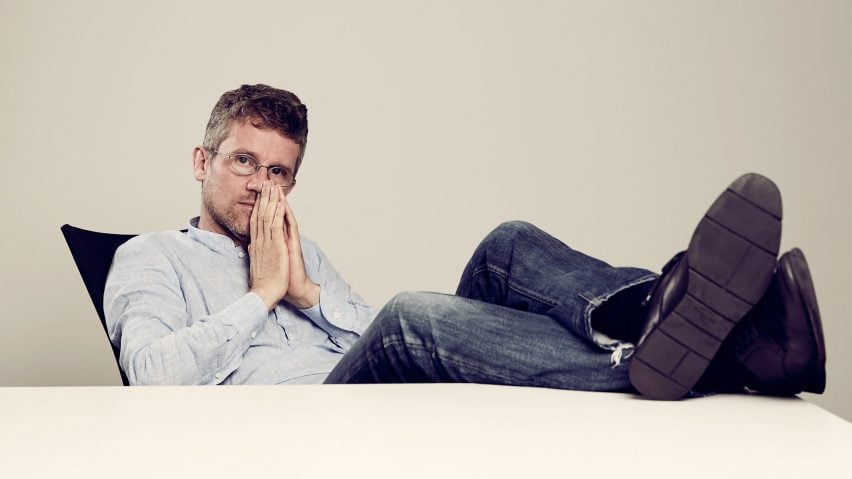
"China is one of the best places for experimenting" with urban technology says Carlo Ratti
All eyes should be on China in the race to develop smart cities, says architect Carlo Ratti, who is co-curating this year's Bi-City Biennale of Urbanism\Architecture in Shenzhen.
China offers unique perspectives on how technology can be used to improve public space, according to Ratti, and international architects and urban planners can learn a lot.
"Probably the most important conversation that should happen today is about Asian cities, and especially Chinese cities," he told Dezeen. "According to some estimates, in the 21st century, China might build more urban fabric than humanity has ever built before."
"If you think about Shenzhen, where the biennale is, it's a city that barely existed 35 years ago," Ratti continued. "Now it's one of the world's most vibrant metropolises."
"Huge amount" to learn from China
It was this that attracted Ratti to join the curatorial team for the 2019 Bi-City Biennale of Urbanism\Architecture (UABB), held concurrently in Shenzhen and neighbouring Hong Kong. The architect plans for this year's edition, kicking off in Shenzhen in December 2019, to focus on the intersection between urbanisation and technology.
"China is certainly one of the best places for experimenting with a lot of these topics," said Ratti, adding that there is a "huge amount" to learn from the country.
His comments echo those of Dezeen editor-in-chief Marcus Fairs, who said that China is about to leapfrog the west when it comes to architecture and design, and architect Rem Koolhaas, who said the west is missing out on crucial conversations because of its "sense of superiority" towards China, Russia and the Arab world.
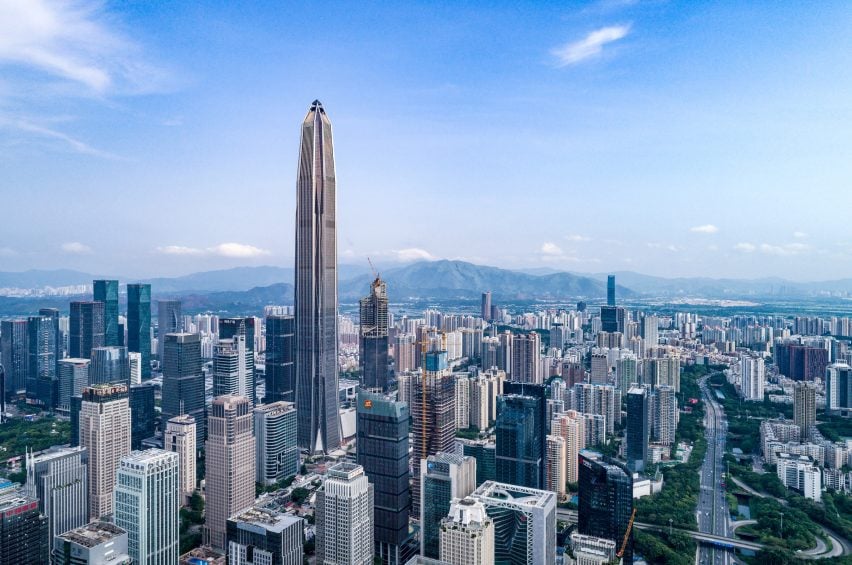
Ratti heads up his own Turin-based studio, Carlo Ratti Associati, and also leads MIT's Senseable City Lab. His previous projects have ranged from sewage-sampling robots and a connected road system aided by drones, to a reconfigurable paving system for Sidewalk Labs' proposed smart city in Toronto.
He is considered a leading voice on technology in urban space – a field that he frequently criticises.
Speed of development in Shenzhen is "exciting"
Of the early wave of so-called smart cities, like Masdar City in the United Arab Emirates and Songdo in South Korea, Ratti said top-down masterplanning had created sterile environments.
Those places are also illustrative of why he doesn't like the term "smart cities", because there is "too much emphasis on the technology side and not on the human side".
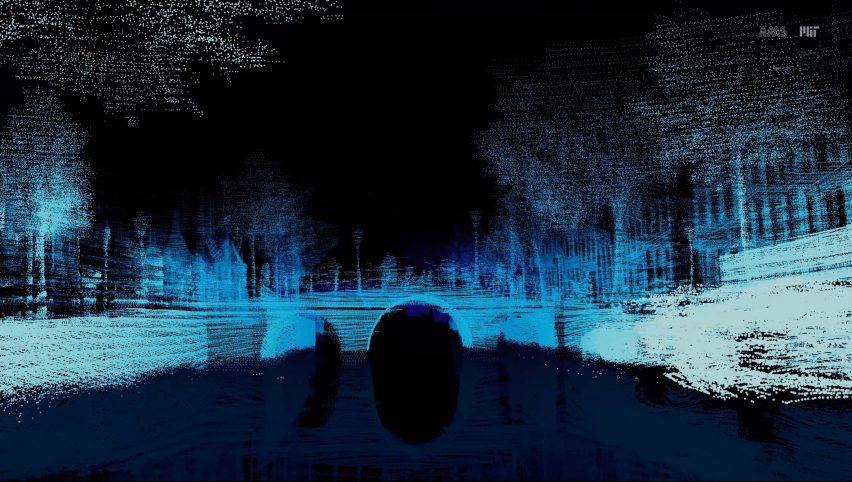
But in some Chinese cities, and Shenzhen in particular, Ratti sees promising signs. The city is allowed to grow organically, but with technology to speed up and enhance the process. Shenzhen has changed many times over since emerging in the 1990s as an "instant city" of factories, Ratti observed.
"For me the exciting thing about Shenzhen is acceleration," he said. "It has all these feedback loops that we see traditionally in cities all over the world, but at a faster speed."
"Smart cities can potentially help to create even richer feedback loops, because there are usually networks at its core, an exchange of information," Ratti continued. "We can use all of this not to do more top-down planning, but to compensate and make it more bottom-up."
Technology and surveillance don't go hand in hand
Given the intrinsic link between smart cities and data collection, the UABB is certain to stir controversy, at a time when revelations about how companies, governments and foreign powers use people's personal data have been raising alarm bells.
While Ratti said that "what is happening in cities is almost naive compared to what is happening in our pockets" via our smartphones, that might not be true of China, where the government has built a comprehensive surveillance system that combines people's digital and real-world lives and will use it to assign them a social credit score.
However he does not think technology and surveillance need to go hand in hand. "It depends on how we use the technology," Ratti said. "That's why we should have an open conversation about the type of cities we want."
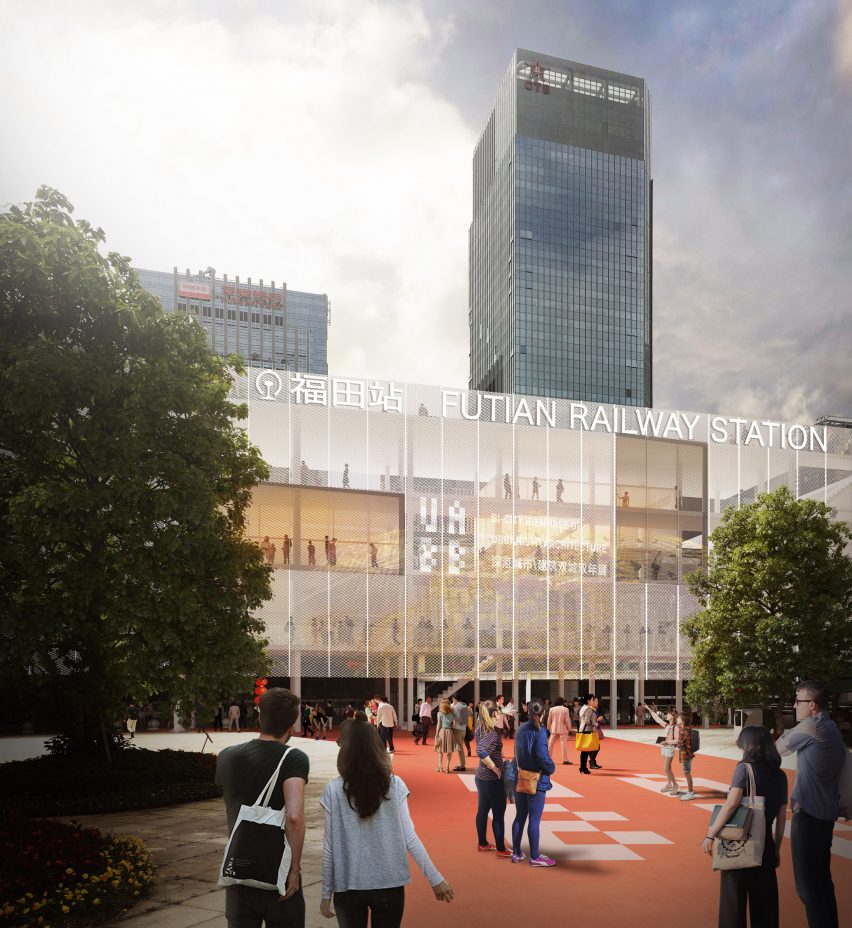
Ratti is one of three chief curators for the 2019 UABB, alongside Chinese architect and academic Meng Jianmin, and Italian curator and art critic Fabio Cavallucci.
Ratti contribution will be an exhibition called Eyes of the City, which will explore how AI technologies – from natural language processing to facial recognition – challenge the limits of anonymity in the city. There is an open call for participants, with a deadline of 31 May.
Read on for the edited transcript of our interview with Ratti:
Rima Sabina Aouf: Tell me about the work you're doing with the Bi-City Biennale of Urbanism\Architecture in Shenzhen.
Carlo Ratti: I'm working very closely with Michele Bonino and professor Sun Yimin, who together have a research unit between the Politecnico di Torino and the South China University of Technology. We put together a proposal for something we're calling Eyes of the City.
We've seen architecture responding to different types of sensors, mobile phones and so on, but for the first time now we can build a space that recognises us individually and responds to us.
We think that China is a very interesting place to experiment with some of this, and so what we'd like to do is create a platform that makes this condition possible and then allow all the invited participants to play with it.
Rima Sabina Aouf: The theme of the biennale this year is Urban Space + Technological Innovation, which seems to be another way of saying smart cities, though the word doesn't come up in the press release. Are you avoiding the term smart cities for a reason?
Carlo Ratti: I wouldn't say it's been avoided, but personally I don't like the word "smart cities" much. It seems to me that "smart cities" puts a bit too much emphasis on the technology side and not on the human side.
That's why our group at MIT is called the Senseable City Lab — as in a city that's able to sense but also sensible — because we think that puts a little more emphasis on the human side of things. Transformations are not about the technology, it's about how that is going to affect the way we live in cities.
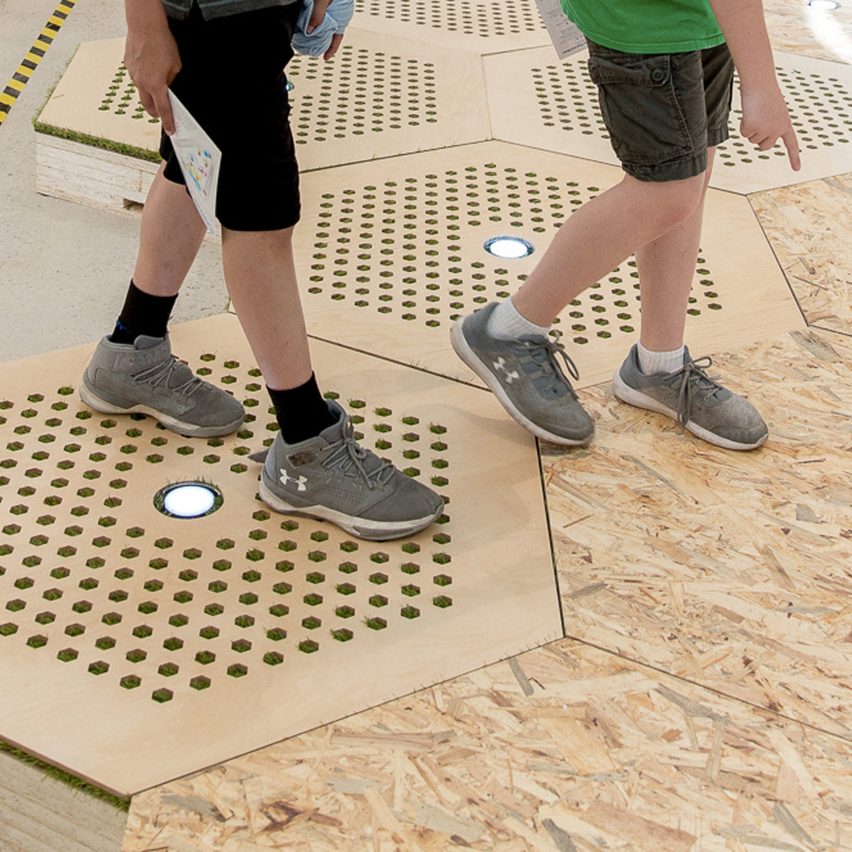
Rima Sabina Aouf: You've criticised some of the first wave of masterplanned smart cities, like Songdo and Masdar, for their top-down approach that doesn't truly involve or benefit its citizens, yet there's still seemingly a new one announced every month. What do you see as the main failings of these cities?
Carlo Ratti: This top-down planning has shown a lot of shortcomings, and it's similar to the top-down approach we saw a lot in the 20th century. Think about the Plan Voisin by Le Corbusier. Even if that was not implemented, others were, such as Chandigarh by Le Corbusier or Brasília by Oscar Niemeyer.
The problem with the kind of planning is that you end up with a rather sterile environment, and the reason is that they don't include all of those myriad feedback loops that usually you have in the making of a city.
Usually in a city, you will add something, and then the next move will be influenced by the previous move, which allows mistakes to correct. Things grow organically. I build a house and next to the house somebody builds another one that responds to my initial house, and then when there's a few homes, somebody will open a coffee shop. Things will grow in a process of accretion.
This is even more important when you think about smart cities, especially on the scale of the ones being built today. On the plus side, smart cities can potentially help to create even richer feedback loops. Because there are usually networks at its core, an exchange of information. We can use all of this not to do more top-down planning, but to compensate and make it more bottom-up with more feedback loops.
Rima Sabina Aouf: Conversation among urban designers in the west often looks towards other cities in the west — Europe, North America, Australia — and there's a level of snobbery towards the newer, fast-growing megacities in Asia and the Middle East. But obviously there's another conversation happening there, and that's where this biennale is situated. Do you see two or more separate conversations happening?
Carlo Ratti: I think so, and there should be many. One of the mistakes I find is when you see some cities in the Middle East built just by importing, or copying and pasting neighbourhoods that were initially designed for Toronto, where there is a totally different climate.
When cities emerged, around 10,000 years ago, they emerged with the function of bringing humans together, and different human societies have different norms and behaviours. Also climate is very important. All of those forces will shape different cities in different parts of the world.
So I think it is natural and healthy that we have different conversations about city making. But at the same time, probably the most important conversation that should happen today is about Asian cities, and especially Chinese cities.
According to some estimates, in the 21st century, China might build more urban fabric than humanity has ever built before. If you think about Shenzhen, where the biennale is, it's a city that barely existed 35 years ago. It was barely a fishing village. And now it's one of the world's most vibrant metropolises. So China is certainly one of the best places for experimenting with a lot of these topics.
Rima Sabina Aouf: Do you think we should be having more conversations across those cultural and geographic boundaries?
Carlo Ratti: Yes, I think we should for two reasons. The first is that it is healthy that there should be different approaches to city making, and the second is that this space is rapidly changing. So it's very important to come together and share experiences.
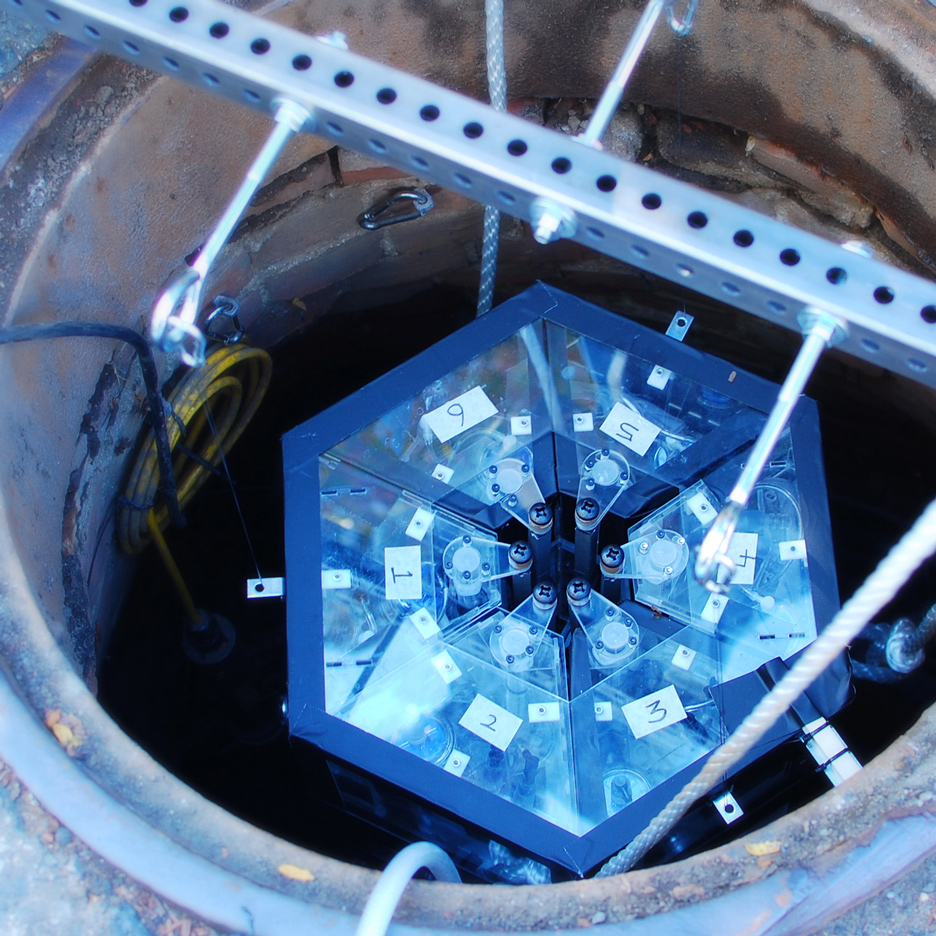
Rima Sabina Aouf: Shenzhen is obviously a very technologically advanced city. Are there lessons that you take from looking at that city?
Carlo Ratti: I've been to Shenzhen many times over the years, and I think it's changed radically. You might remember the book that Rem Koolhaas did on the Pearl River Delta around the late 1990s. He described an instant city that grew very fast, but since then the city has changed face many times.
The river delta has become much greener. A lot of production has been moved out of where it was and factories have been converted into innovation places.
For me the exciting thing about Shenzhen is acceleration. It has all these feedback loops that we see traditionally in cities all over the world, but at a faster speed. And that dimension itself produces a very interesting condition for architects, designers and planners.
Rima Sabina Aouf: A lot of your work is about data. This last year has really opened up the conversation on data and shone a light on some of the darker aspects of how it's collected it, who owns it and who uses it. Has this changed your own opinion or your own approach to using data?
Carlo Ratti: It's very important to talk about, because we're talking about artificial intelligence in cities, and artificial intelligence always takes, as an input, data and then uses it. It's the glue that keeps together the smart or senseable city.
But it does not compare to what is happening in our pockets today. Your smartphone has, since you woke up this morning, been collecting thousands of data points about you, about where you were, what you were doing, if you were walking, cycling, running, driving, what you visited in physical space, what you visited online. It's creating a digital copy of your physical life.
That's a new condition for humanity, and we should all address it and talk about it. That's why at MIT we organise a conference twice a year called Engaging Data, where we host companies that collect a lot of data, the US administration, privacy advocates, academics. Because we really think it's a conversation we should have all together. The society we build and shape tomorrow will depend on the decisions we make today.
Now, what is happening in cities is almost naive compared to what is happening in our pockets. The amount of data we are using to better understand the city and the privacy implications is orders of magnitude less than what is collected by handheld electronics. But the issue of data overall is something we should discuss together, and it's a political question, it's not a technological question.
Rima Sabina Aouf: But a smart city does seem to be a surveillance city. Do those two things necessarily go hand in hand?
Carlo Ratti: No, I don't think so. It depends on how we use the technology. That's why we should have an open conversation about the type of cities we want. As many people have said, technology is never good nor bad, but also it's not neutral.
The important thing is that we have the conversation about how we want to use it and the type of city we want to build. I see architects and designers more as mutagens. They help transform, but then let society decide.
Rima Sabina Aouf: That's a big ask isn't it, when the topic is, at least in this point in time, hard for most people to understand?
Carlo Ratti: And that's where, as architects, planners and designers, we can really look at the implications of what is happening in terms of technology in the city, and we can help make those implications more transparent and visible.
Rima Sabina Aouf: A lot of major urban developments are currently being done in partnership with major tech companies like Google. Is it a problem that private companies are so involved in the development of our public spaces?
Carlo Ratti: In general I don't see it as a problem. Our design office, Carlo Ratti Associati, has been doing a bit of work with Google's sister company Sidewalk Labs in Toronto in their new development, dealing with these reconfigurable roads, which we thought was interesting, especially in a future where we have a lot of self-driving cars.
A lot of these companies that are entering the urban space can bring a lot of new ideas and thinking. That's positive, because it increases what we could call the biodiversity of the city.
The risk that we need to avoid is that the opposite happens; that there's some big companies that become very big players globally. We could end up with less biodiversity and more standardisation.
For now, it's early days and it's good to see new players entering into the space of the city and trying out new ways of city making and city living. Some of them will fail, some of them will succeed, but ultimately they're going to enrich the portfolio of urban ideas for humanity.
An example I like very much is the one of Christiania, a neighbourhood in Copenhagen where people live in a different way. We should have more cities done like that.
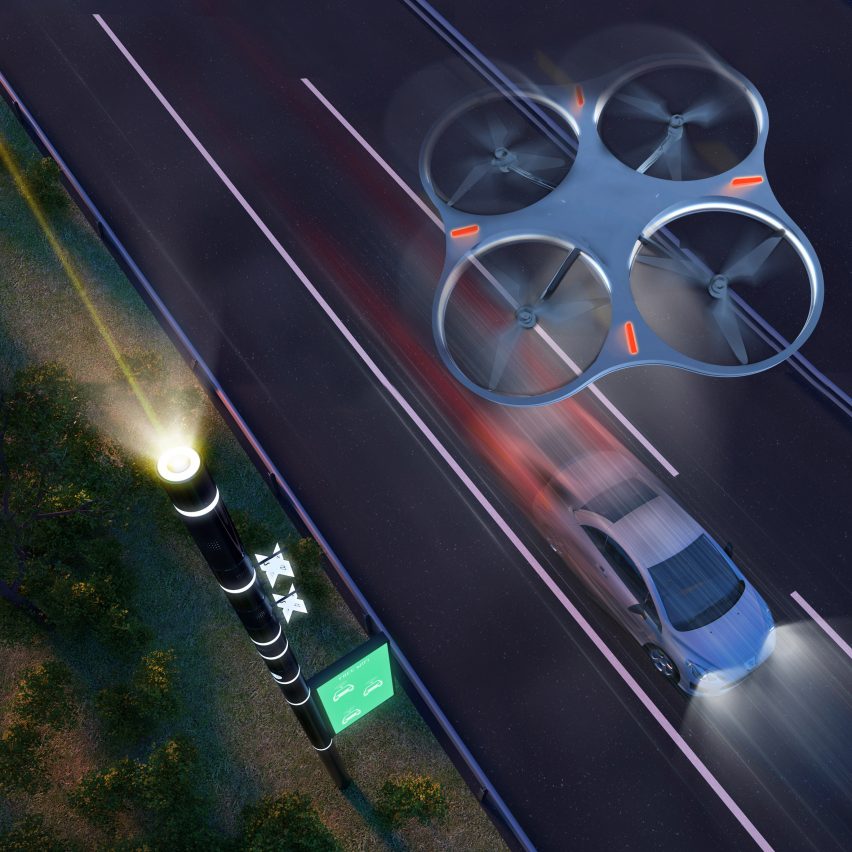
Rima Sabina Aouf: One of the other concerns about data-based design is that it boxes people into a set way of doing things, and limits the potential for people to grow by discovering something outside of their tastes, or through being uncomfortable. Even with one of your works, the Digital Water Pavilion, you've acknowledged that people actually had the most fun with it when it was broken. How do you counter this limiting effect?
Carlo Ratti: It's a very interesting issue. One of the risks of artificial intelligence is that the way it works is very simple. You take a certain behaviour, you feed it into these networks, you train the network — the inputs are called a training set — and then the network will keep on doing the same thing.
It's a little bit like the brain of a kid. It gets a lot of feedback about how you should behave and then keeps on behaving in a similar way. The problem when you do that is that basically you're locking the future into the past. You're killing a lot of serendipity.
Rima Sabina Aouf: To go back to China, there's been debate in the industry about westerners working in China and other non-democratic countries. What's your own position on this?
Carlo Ratti: I think there's a huge amount to learn from many countries and in particular from China, especially when we talk about urbanisation. Even just because of the sheer amount that's going on. The way to approach it, to me, is really about learning, and that's why I kept on going back to Shenzhen over the last few years.
With regard to democracy, we follow at MIT and at our design office, the principles that MIT as an institute follows when deciding whether or not to do a project in a foreign country. Those three principles can be summed up like this, if it's about research: can one do meaningful research? And can one do meaningful research without interference? And the third thing, is this research ultimately going to have a positive impact on the world?
If you can answer all three in the affirmative, then I think it's worth engaging. No place is ideal, especially today. We've seen a lot of problems with democracy also in the west, with the recent elections from North and South America to Europe. There are difficulties everywhere, but those three guiding principles seem to be quite strong and timeless.